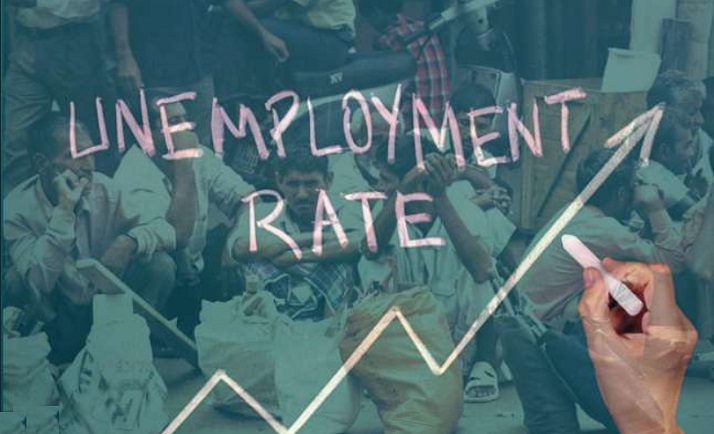According to reports, millions of workers who had sought work below the rural employment assurance scheme didn’t take it up in the month of June. This emphatically indicates towards a revival in industrial activities in a number of states after the phased easing of pandemic curbs.
Though the lockdowns imposed during the second wave of covid were not as stringent as the first wave’s lockdown, but it too had an adverse impact on the economy. It is to be noted that economy contracted by a significant 12% in the first quarter of fiscal year 2021.
On Wednesday, Centre for Monitoring Indian Economy (CMIE) knowledge made a discovery that it has been proven that the unemployment rates had fallen sharply in rural India in June. According to reports, it had fallen from 10.63% in May to 8.75% in June. Other high-frequency indicator out there for the month of June including e-waybills, gasoline demand, exports, energy consumption and mobility indicators counsel had also indicated that the economy had turned a corner in June and had picked up tempo.
Indirectly, this resulted in a rise in employment technology. A senior authority official informed that a number of staff have gone again to cities or have switched to agriculture with the cropping season beginning. Thus, they didn’t declare work under the NREGA scheme. The official added that “Hence work generation data is low compared to the last two months. However, the numbers are likely to move upward as the data continues to be updated,” .
Work sought under the Mahatma Gandhi National Rural Employment Act (MGNREGA) was the best within the present fiscal. In the month of June, 35 million households and 50.3 million people, based on rural improvement ministry knowledge, had worked under the Mahatma Gandhi National Rural Employment Act.
However, the work generated under the scheme was the bottom up to now three months. This was due to the reason that second wave of the pandemic had ravaged employment rate and the economy. The scheme at 283 million person-days, had benefited 21.8 million households. Demand for work under the scheme generated are on a real-time foundation.

